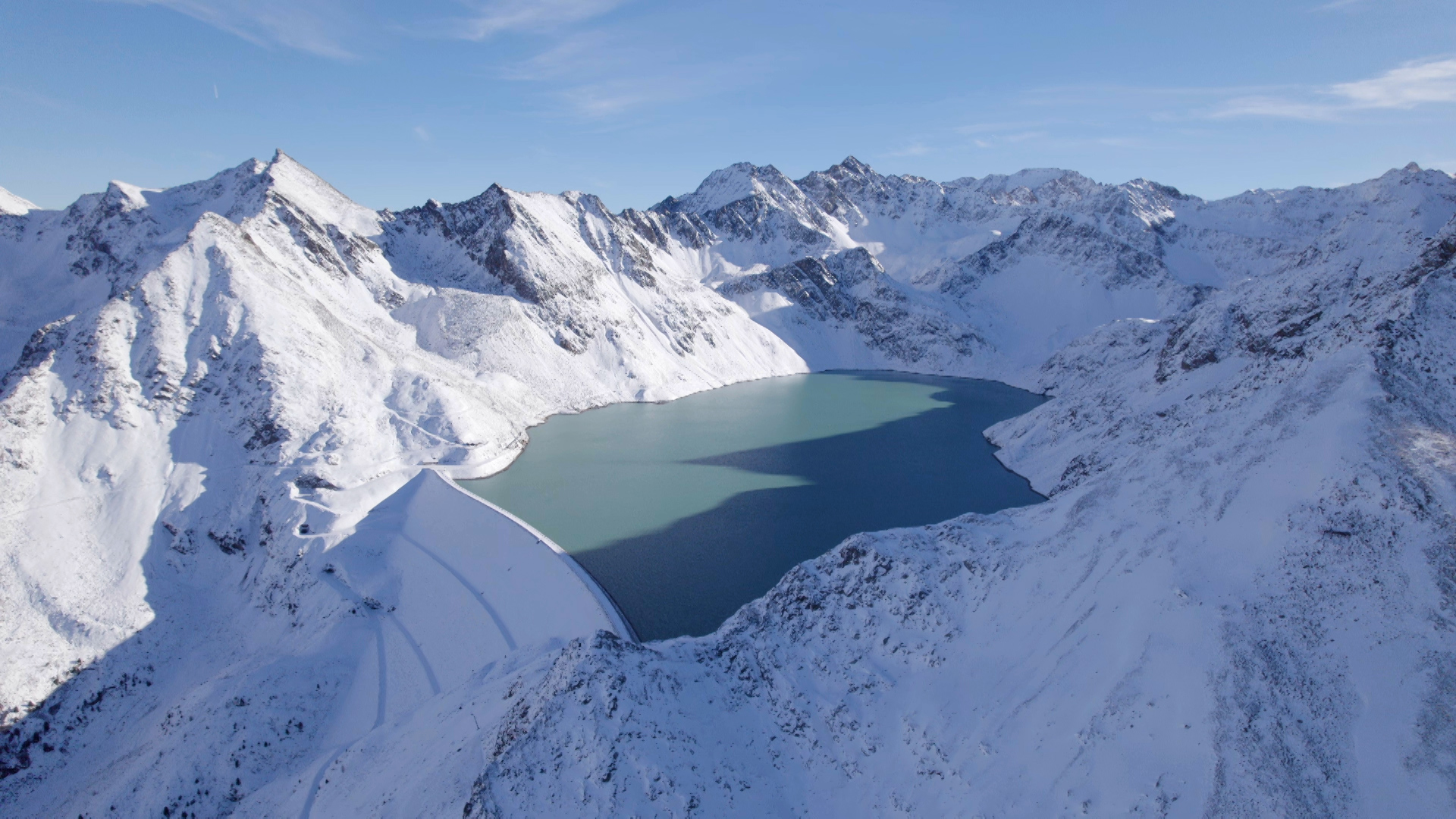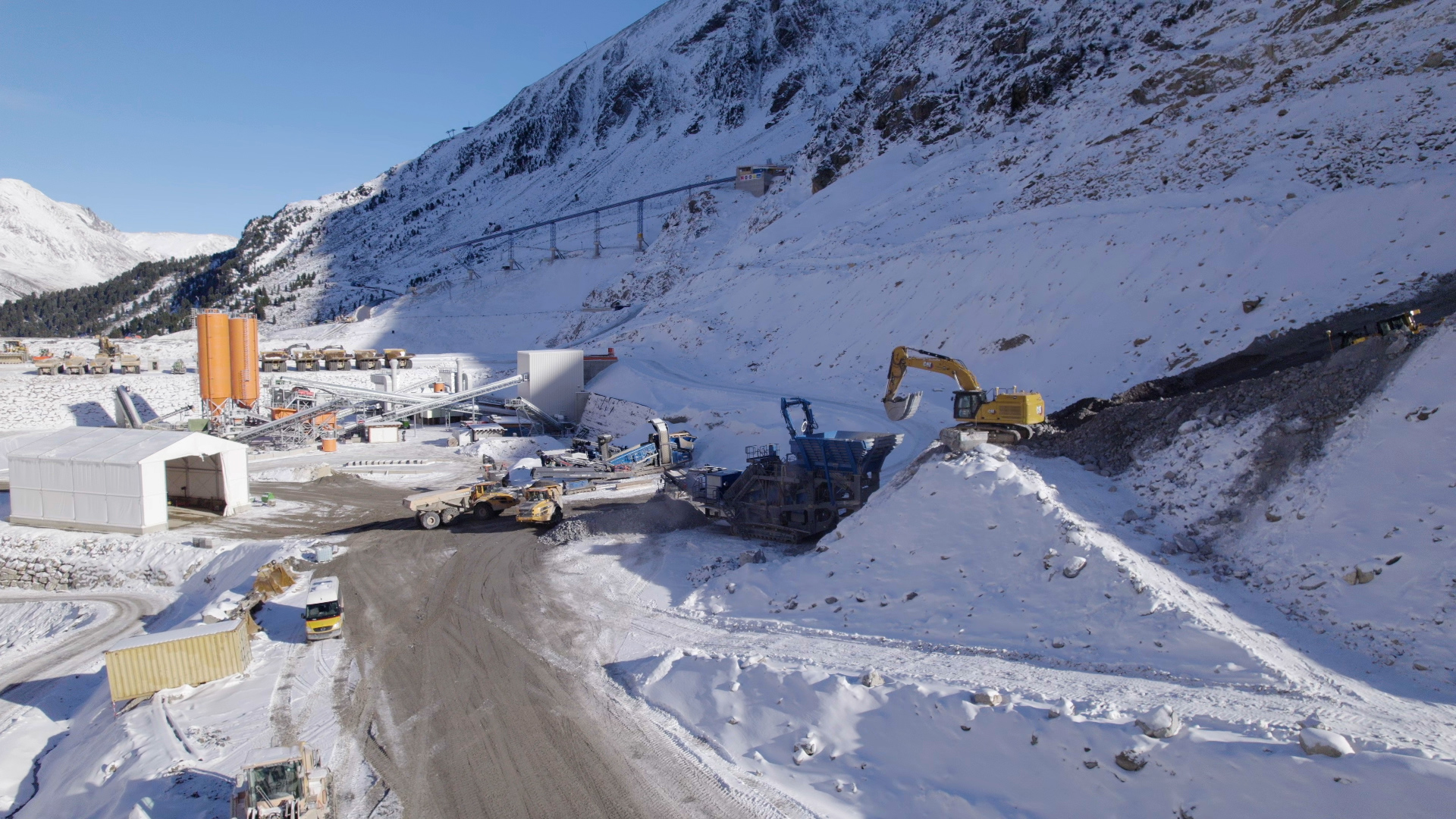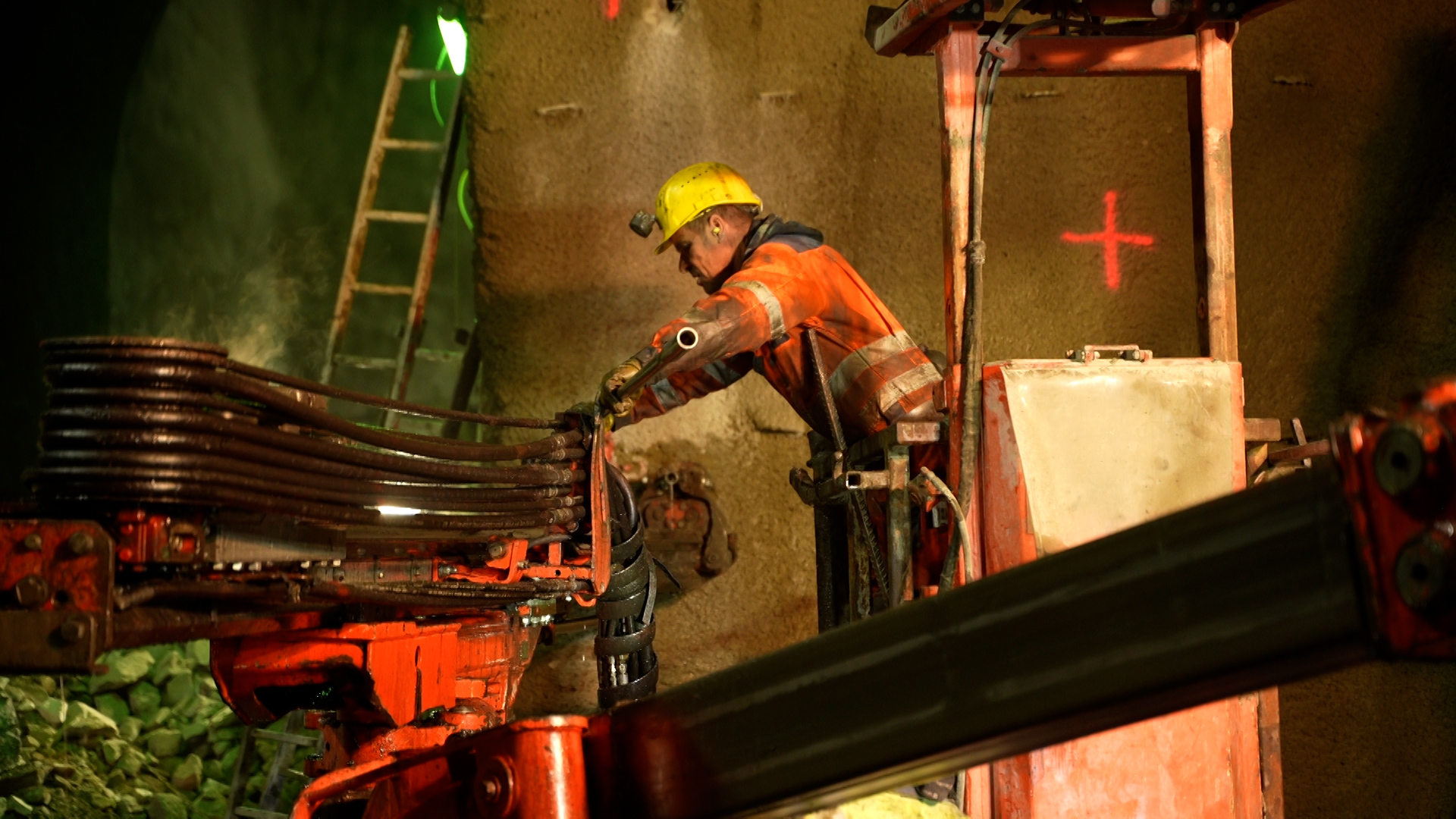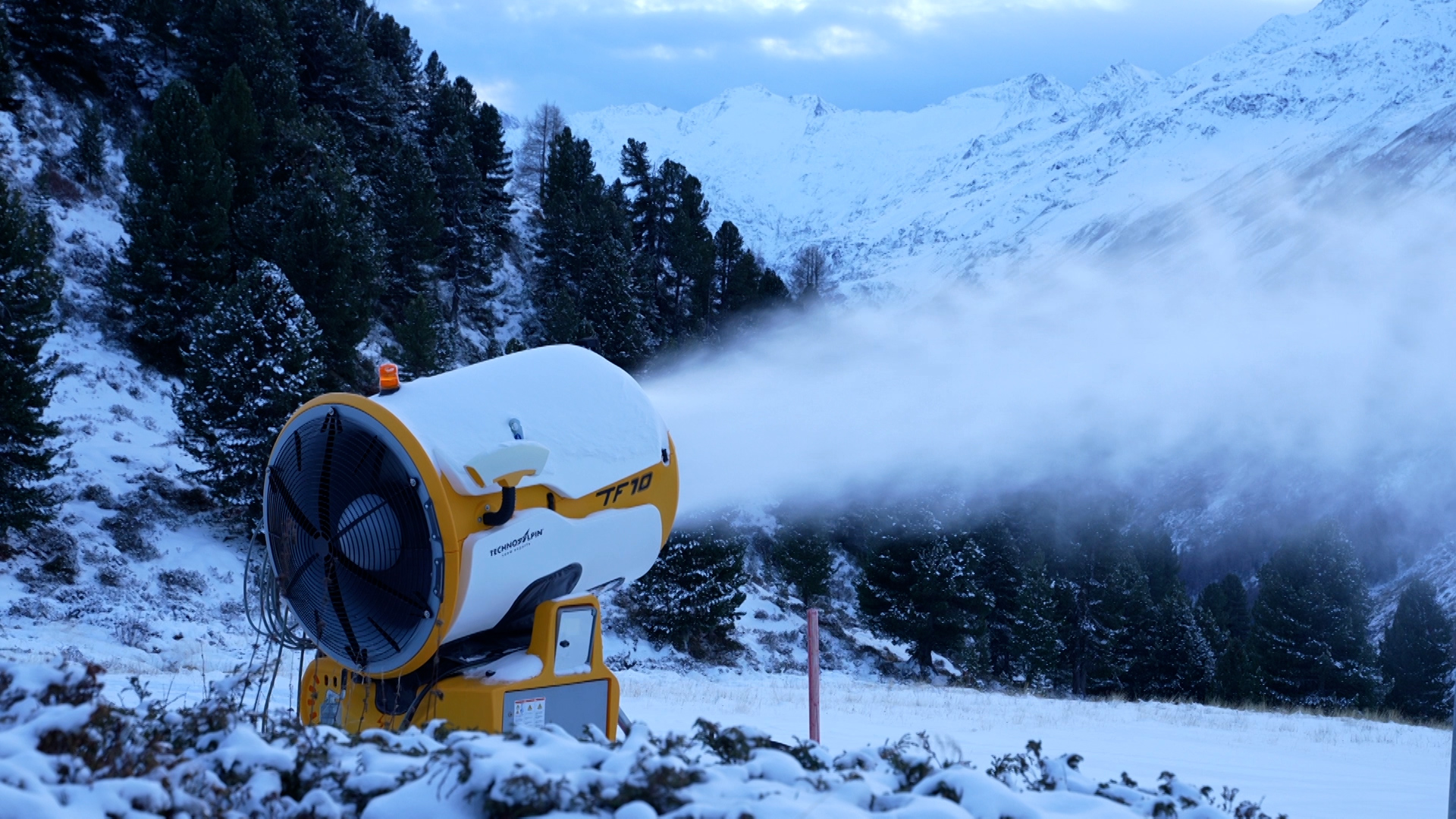01:59

Austria wants to harness its few remaining untouched valleys for hydropower generation so it can completely phase out fossil fuel electricity sources by 2030.
In Kuhtai, western Austria, there is dust everywhere as machines are digging deeper and deeper into the Mute mountain, carving out space for two turbines - the centerpiece of the new pumped storage power plant. Next to it, the valley is being dredged for what will be the third reservoir at this site.
READ MORE:
Spanish police raid Europe's drug 'super cartel'
Banksy reveals new work in war-torn Ukraine
China's forgotten heroes

Hydropower expansion in Western Austria's Kühtai and Kaunertal are set to ensure the country's future electricity supply from renewables. CGTN/Andreas Gasser
Hydropower expansion in Western Austria's Kühtai and Kaunertal are set to ensure the country's future electricity supply from renewables. CGTN/Andreas Gasser
Most of Austria's electricity is currently produced by 5,000 hydropower plants. Big construction projects such as the one in Kuhtai will increase that share by a further 11 percent over the next eight years. But finding locations for new power plants hasn't been easy. Almost every river and suitable mountain valley in the Alpine Republic has been exploited for hydropower.
Environmental organizations like the World Wide Fund for Nature criticize the current expansion saying the cost for the country's landscape and precious water is too high.

In only 4 years construction time, the Längenfeld valley will be flooded with water. /CGTN/Andreas Gasser
In only 4 years construction time, the Längenfeld valley will be flooded with water. /CGTN/Andreas Gasser
"The Oztal is one of the driest valleys in the whole Alps so it is important that we have the water here," says Franz Reich, manager of the local water supply cooperative.
Reich critical of the future Kaunertal hydropower project which will require draining 80 percent of the river water in Otztal via a 26-kilometer-long tunnel, in order to flood Austria's new reservoirs.

400 workers are employed at the $1-billion Kühtai hydropower expansion. /CGTN/Andreas Gasser
400 workers are employed at the $1-billion Kühtai hydropower expansion. /CGTN/Andreas Gasser
"Last summer, drinking water was scarce," Reich says. And in winter, the remaining water is needed for artificial snow production.
Reinhard Scheiber, one of the affected landowners, adds that the valley's ski season, the main draw for tourists, is at risk.
The power plant operator TIWAG says on average less than 80 percent will be drained off. It disputes the claims by locals over what the loss of water will mean.

Winter tourism is the main revenue for the Otztal valley in Tyrol, Austria./CGTN/Andreas Gasser
Winter tourism is the main revenue for the Otztal valley in Tyrol, Austria./CGTN/Andreas Gasser
"It's also those people who are running the ski lifts, they need energy and electricity. And so what we are producing it's also produced for them," TIWAG Chief Construction Officer Johann Herdina told CGTN.
"We will have to convince the local people that there will always be enough water in the river, in the river system, for all the needs that are in the valley."
The Kuhtai reservoir will be flooded in about four years. But the start of construction on the Kaunertal hydropower expansion is still uncertain. The landowners in the Otztal valley say they will continue to fight until they are expropriated.
Video editor: Johannes Pleschberger